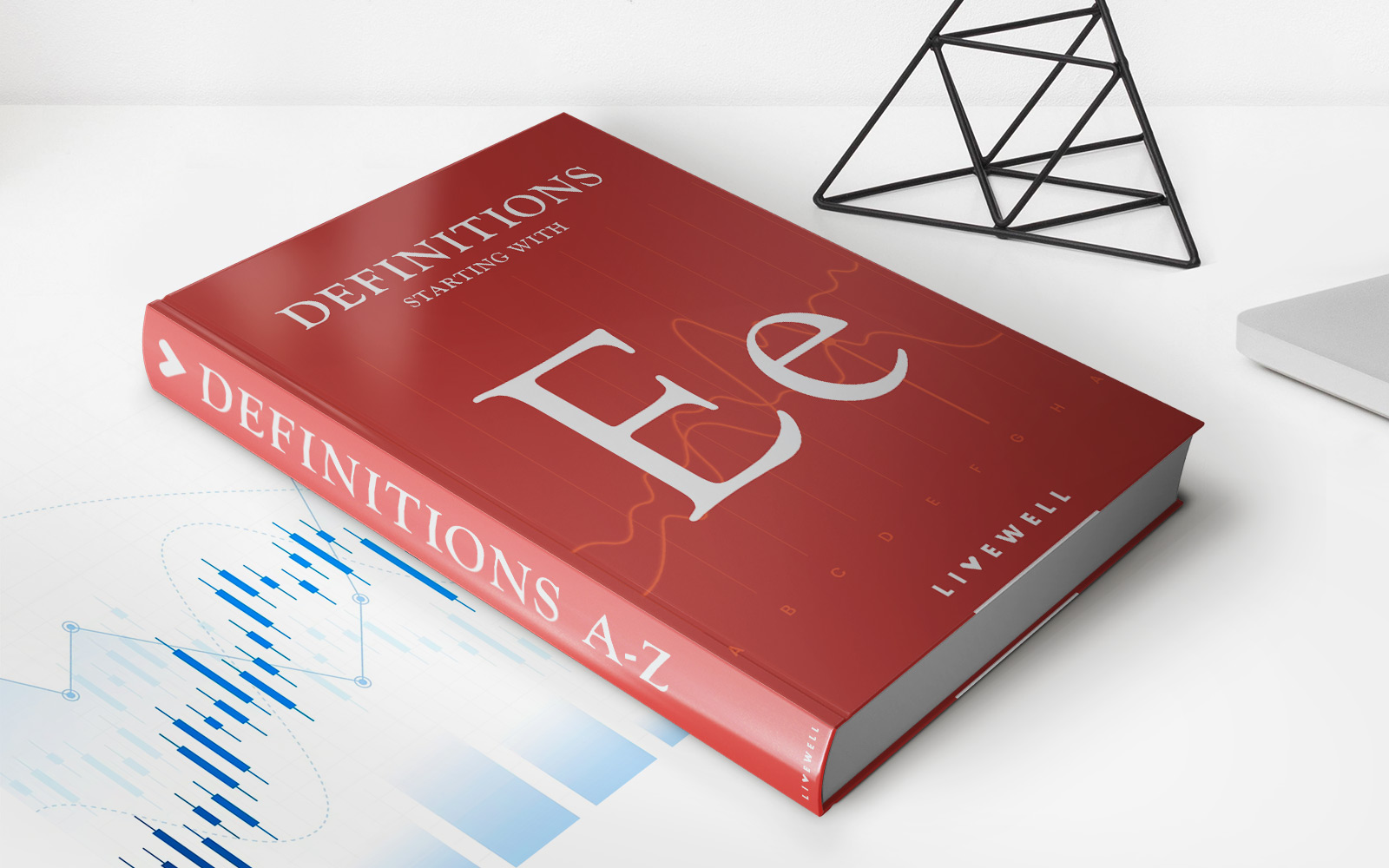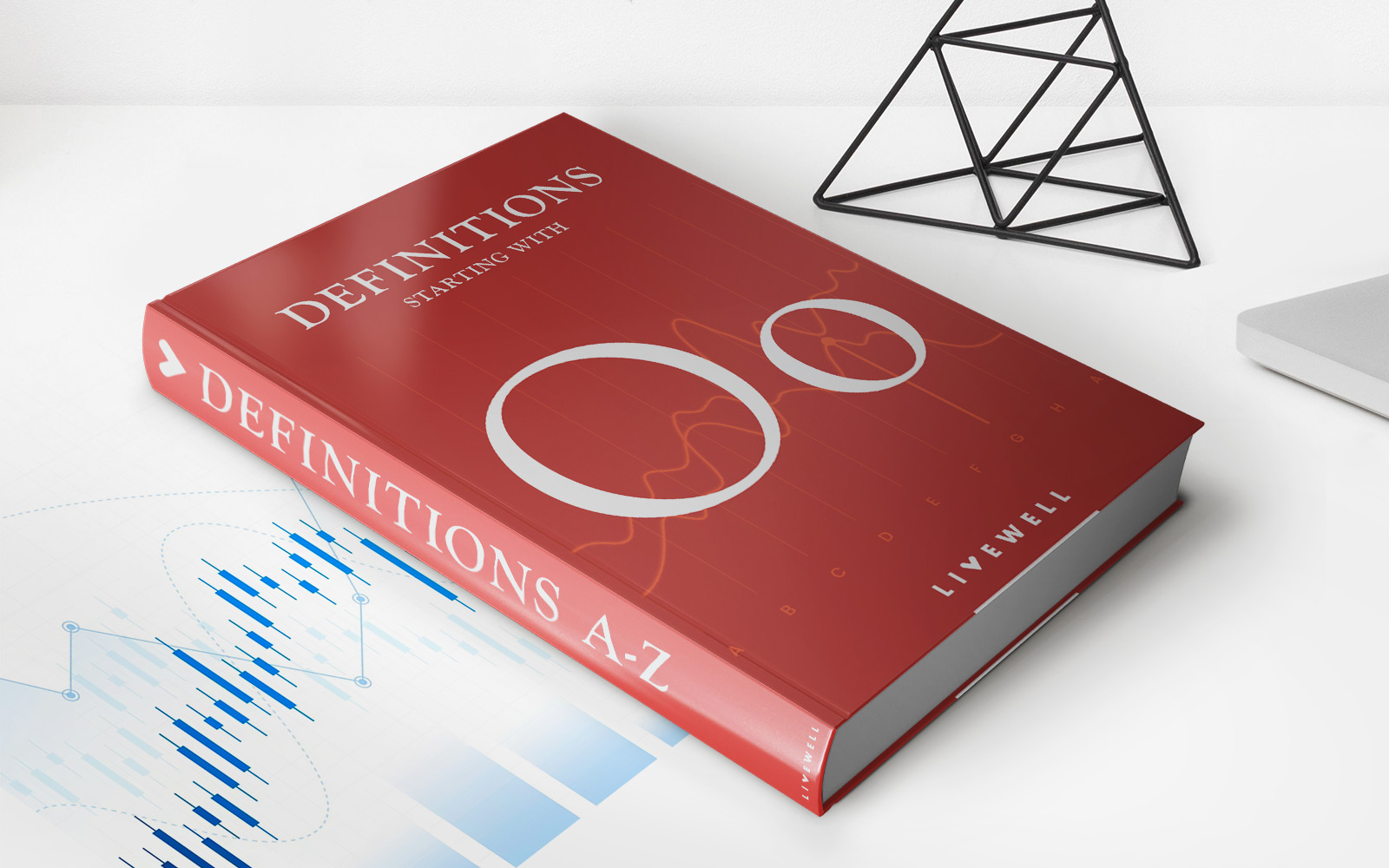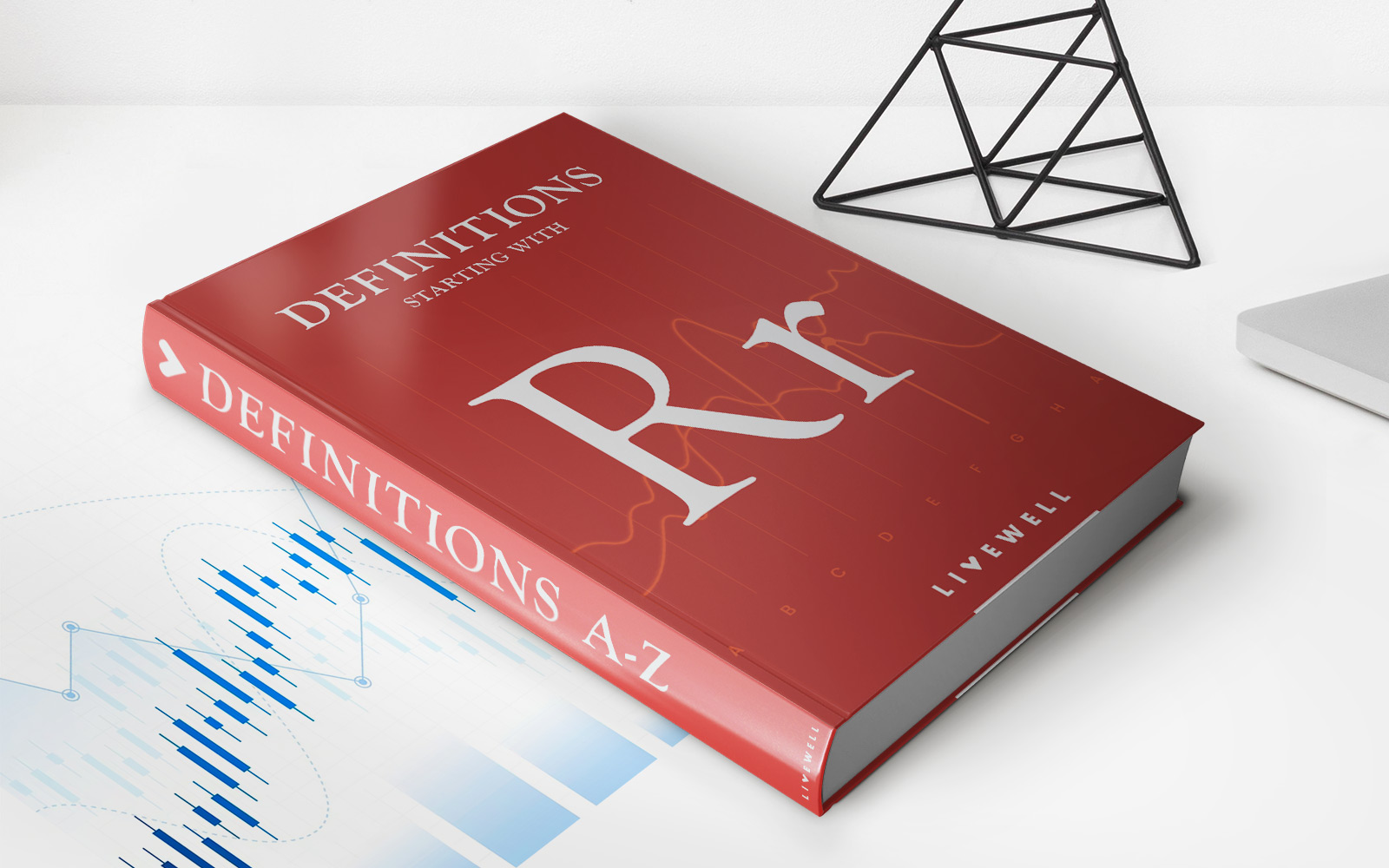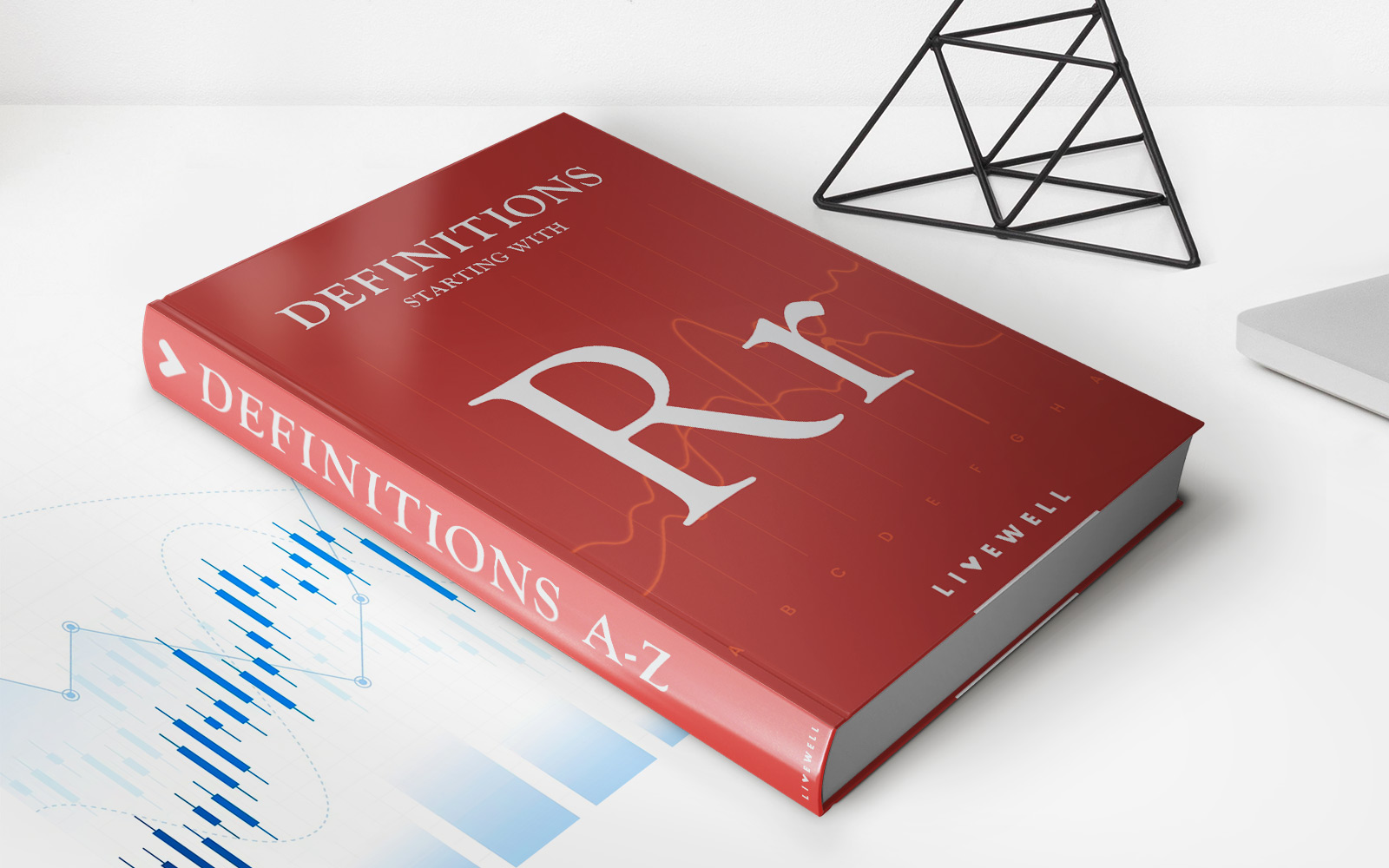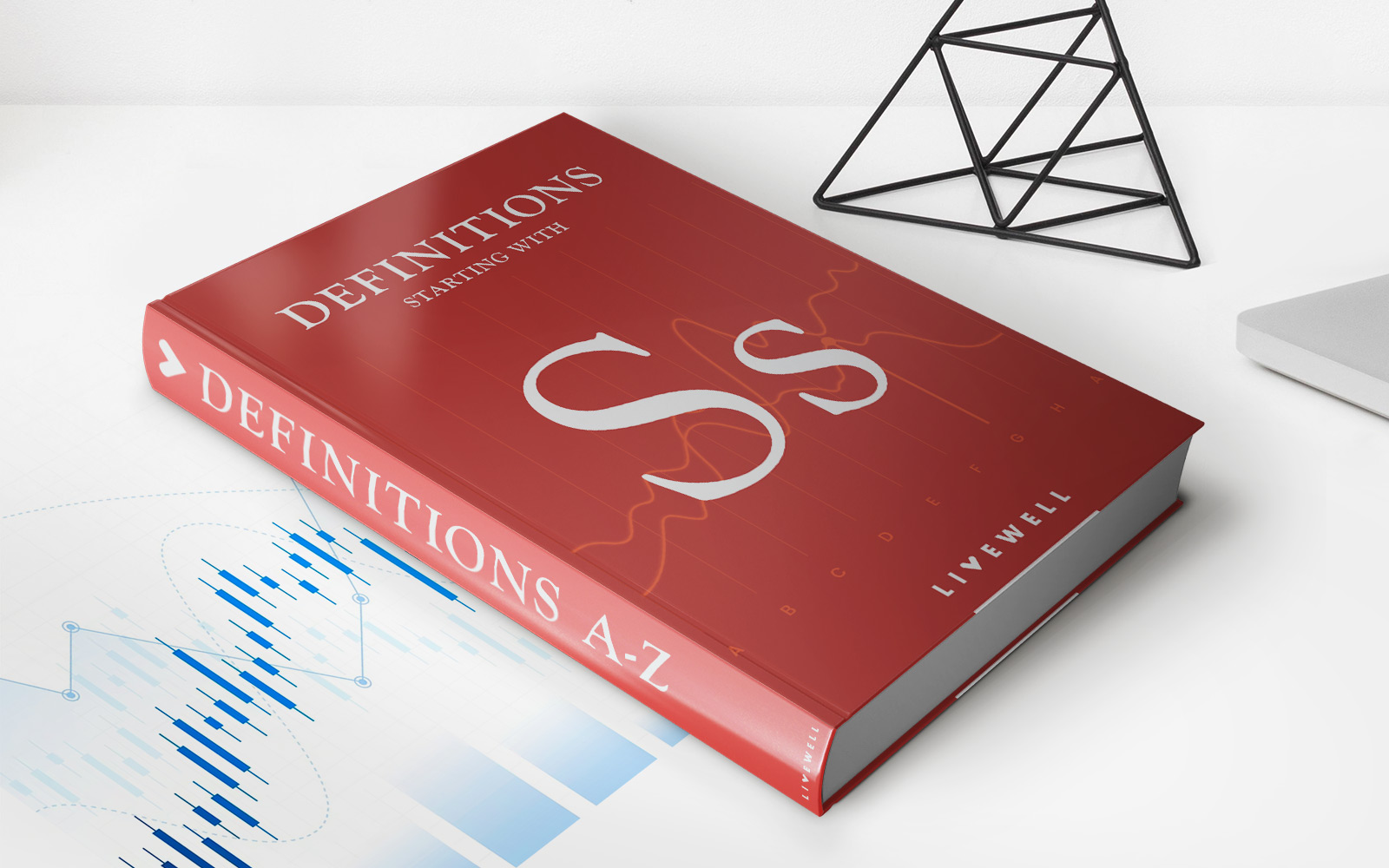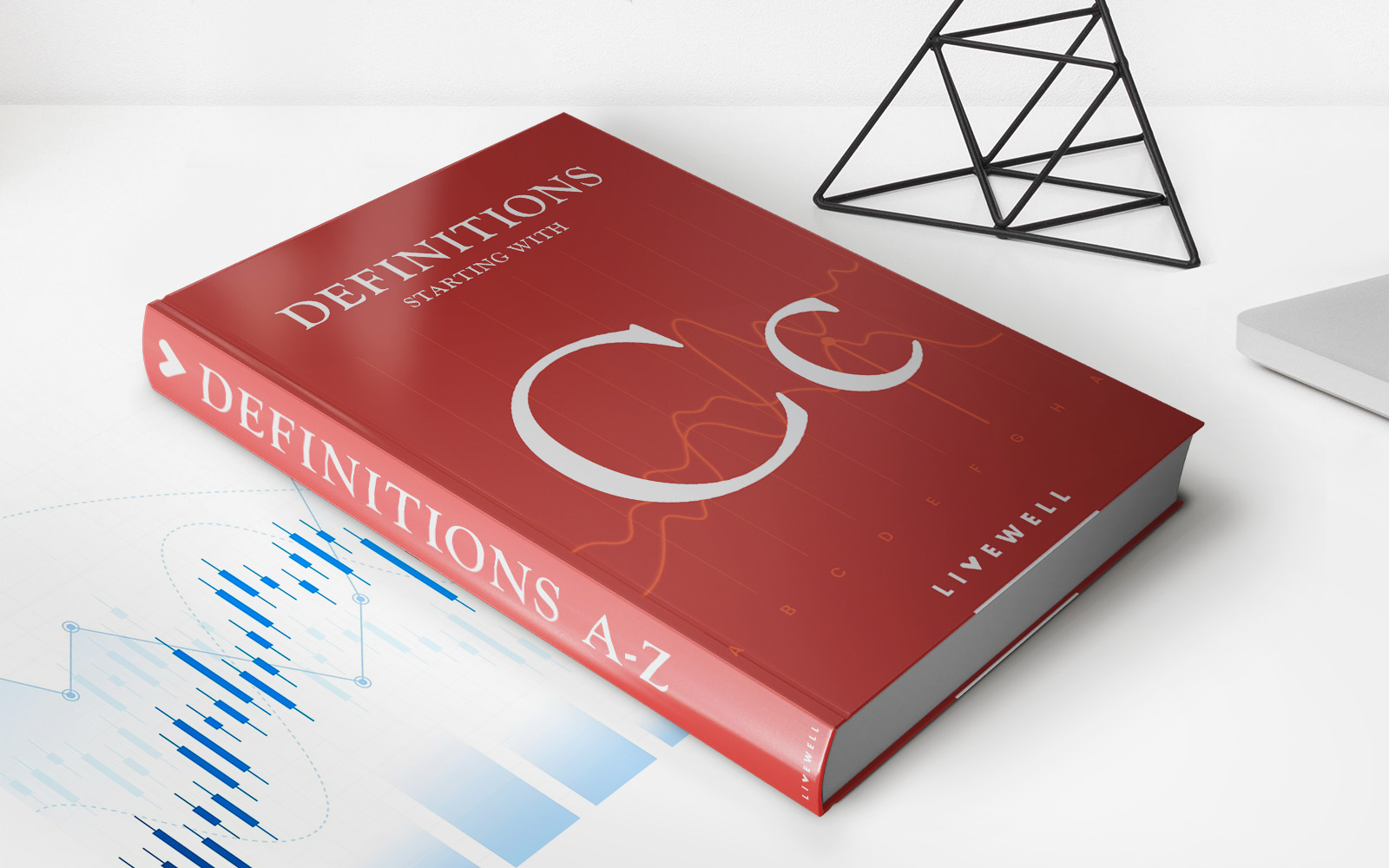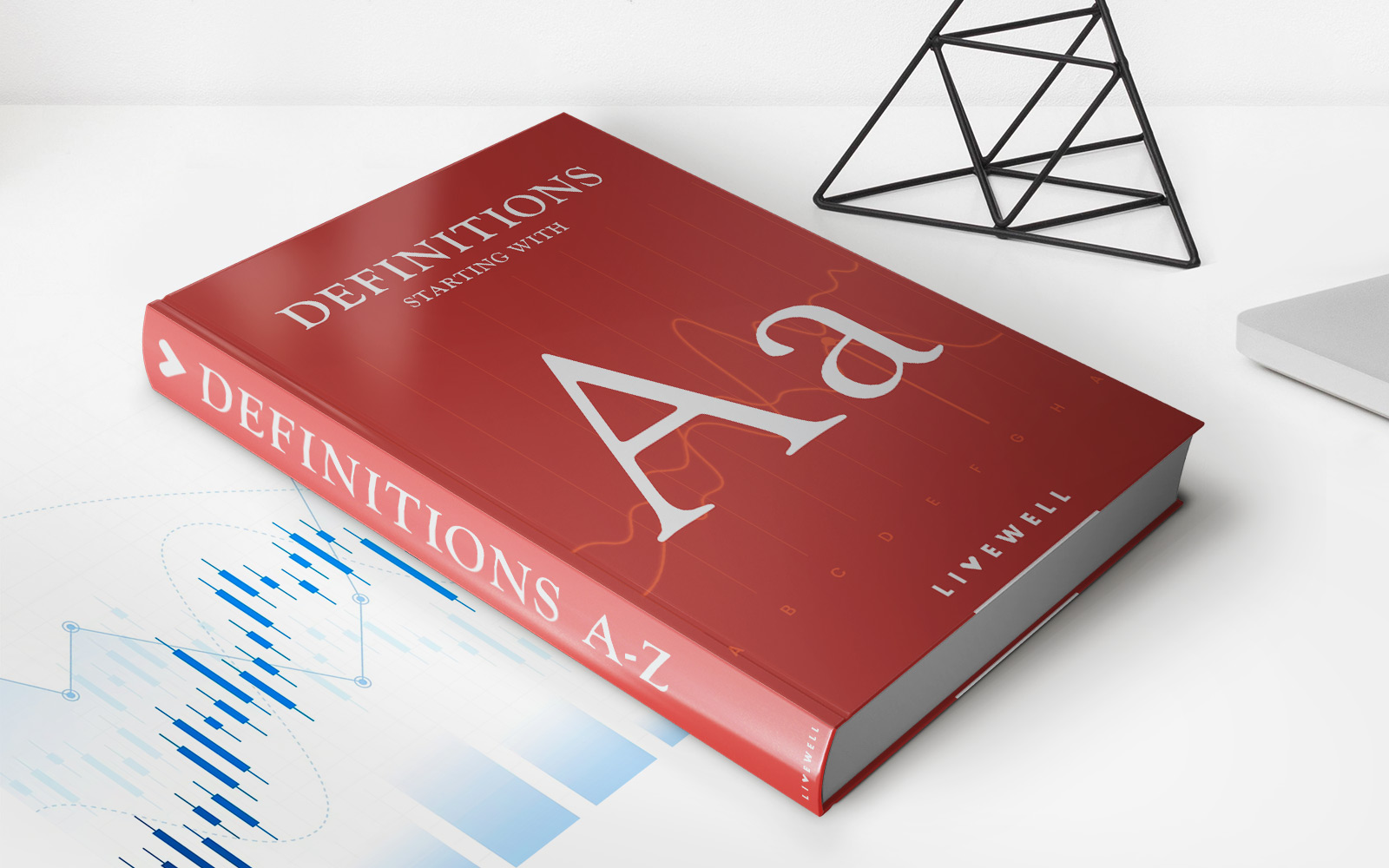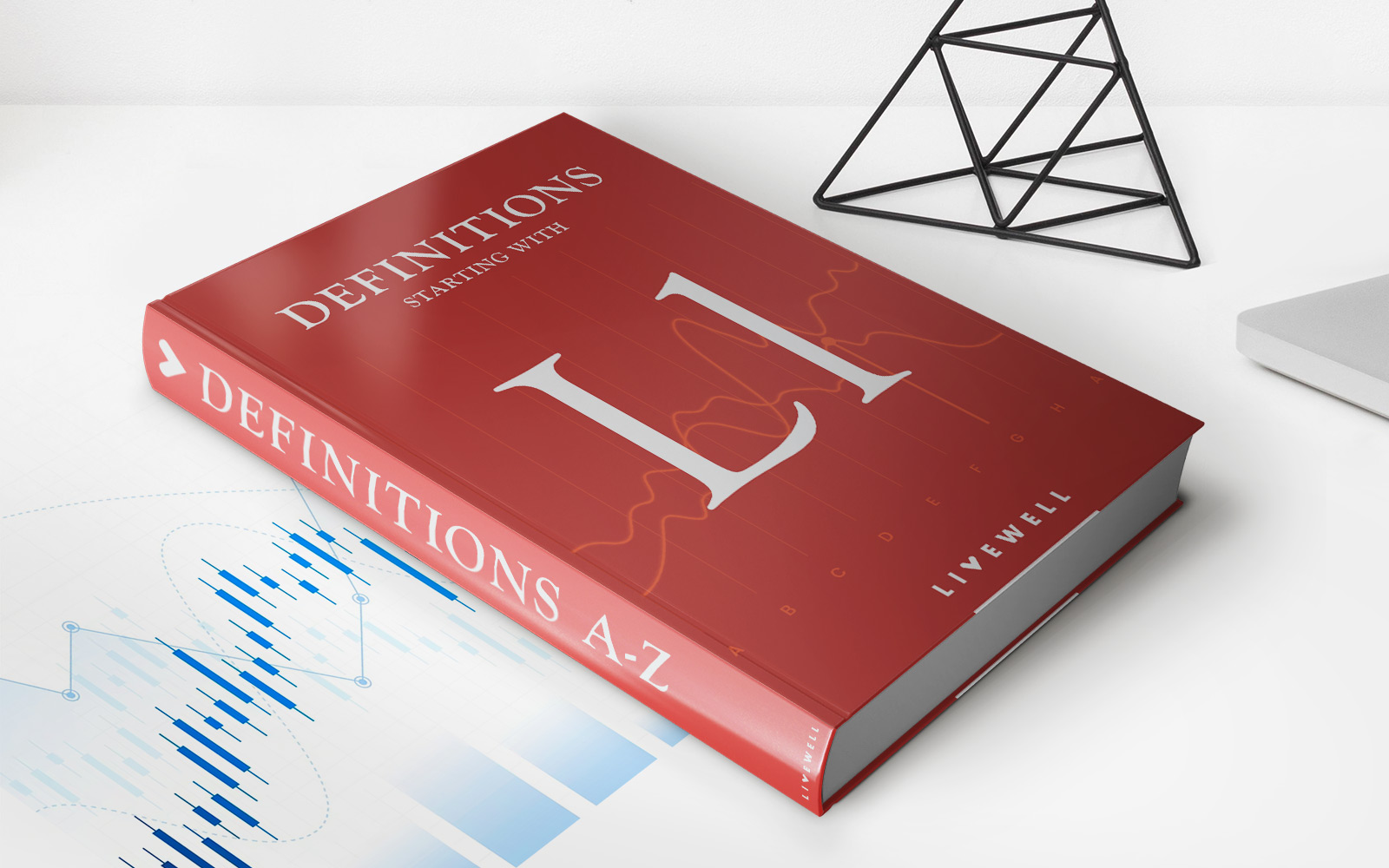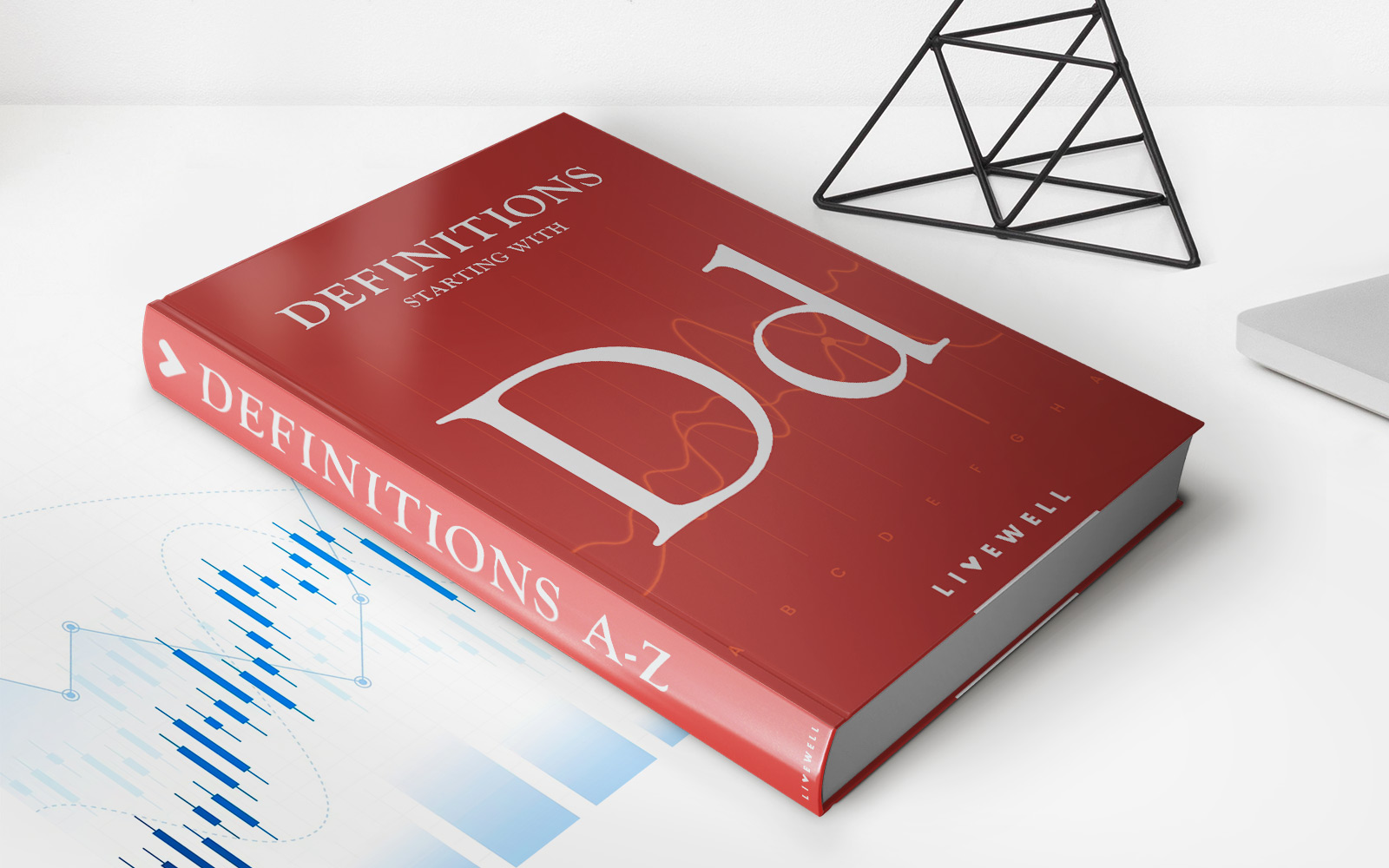Home>Finance>Theory Of Liquidity Preference Definition: History, Example, And How It Works
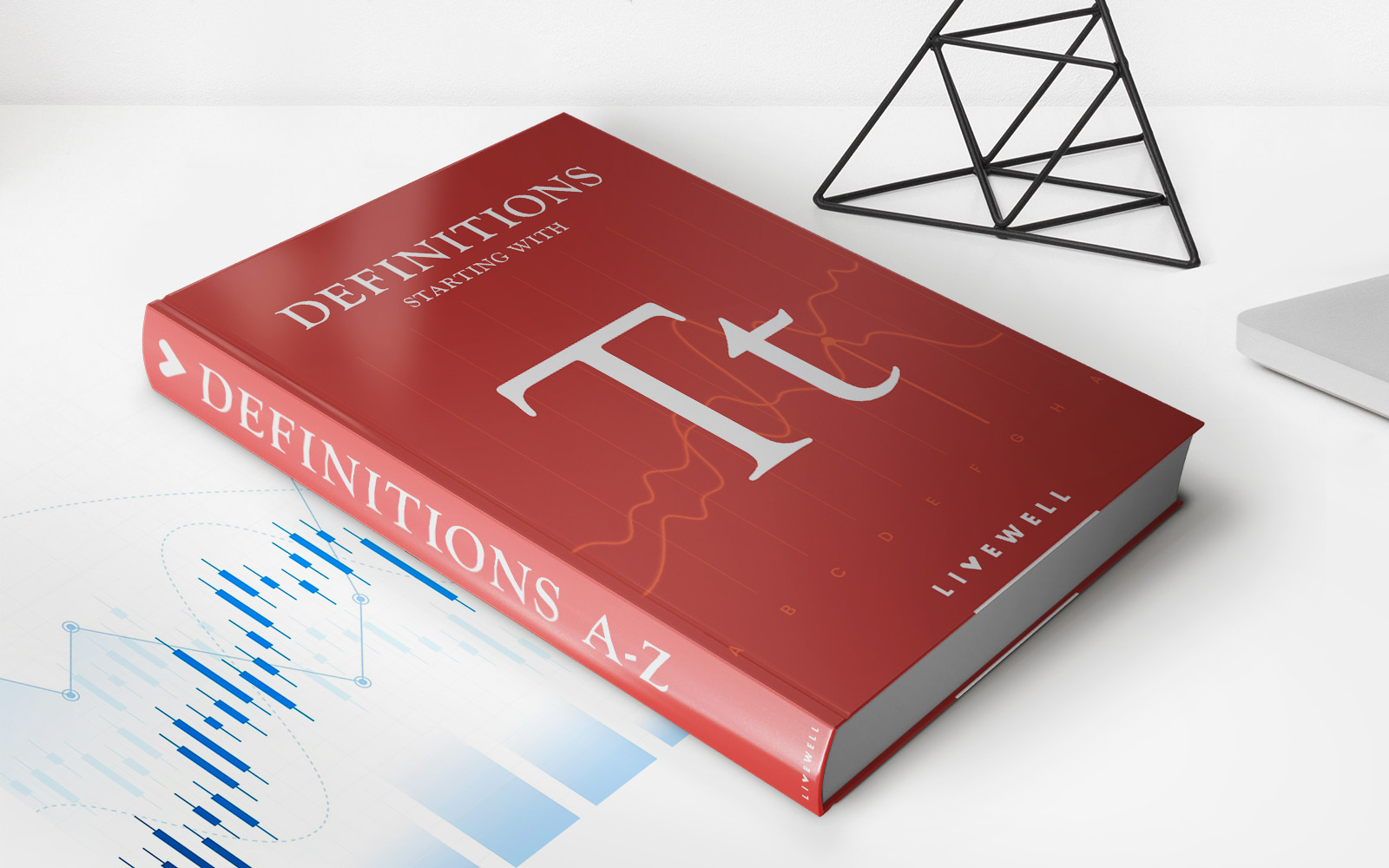

Finance
Theory Of Liquidity Preference Definition: History, Example, And How It Works
Modified: February 21, 2024
Learn about the theory of liquidity preference in finance, its history, examples, and how it works. Gain insights into this crucial concept.
(Many of the links in this article redirect to a specific reviewed product. Your purchase of these products through affiliate links helps to generate commission for LiveWell, at no extra cost. Learn more)
Understanding the Theory of Liquidity Preference: History, Example, and How It Works
Have you ever wondered about the factors that influence interest rates and the availability of credit in the economy? One key aspect that helps economists understand these concepts is the theory of liquidity preference. In this article, we will explore the history and definition of the theory of liquidity preference, provide an example to illustrate its application, and explain how it works. So, let’s dive in!
Key Takeaways:
- The theory of liquidity preference was first introduced by economist John Maynard Keynes in the early 20th century.
- It suggests that individuals and investors prefer to hold liquid assets, such as cash or short-term bonds, rather than illiquid assets.
A Brief History
The theory of liquidity preference was developed by the renowned economist John Maynard Keynes in his influential book, “The General Theory of Employment, Interest and Money,” published in 1936. Keynes proposed this theory as an explanation for the determination of interest rates in the short run and their impact on the overall economic activity.
Keynes argued that the interest rate is primarily influenced by the demand and supply of money in the economy. According to him, individuals and investors have a preference for holding liquid assets to have a cushion against uncertain future events or to take advantage of investment opportunities that may arise.
Example: How It Works in Practice
To understand the theory of liquidity preference better, let’s consider a hypothetical scenario. Imagine that you have a certain amount of savings and need to decide between two investment options:
- Investing all your savings in a long-term bond with a fixed interest rate for ten years.
- Keeping a portion of your savings in cash or short-term bonds that can be easily accessible.
If you expect uncertain economic conditions or potential investment opportunities, you may prefer the second option. The reason being that holding liquid assets provides flexibility and the ability to adjust your investment strategy quickly, whereas with the long-term bond, you would have to wait ten years to access your funds.
In this example, the theory of liquidity preference asserts that individuals would demand more liquid assets during periods of economic uncertainty, resulting in a higher preference for cash or short-term bonds. As a consequence, the demand for long-term bonds decreases, which could lead to an increase in their interest rates due to lower demand.
How It Works
The theory of liquidity preference suggests that the demand for money (liquidity) is determined by three components:
- Transactions Demand: The need for money to cover day-to-day expenses and payments.
- Precautionary Demand: The desire to hold liquid assets as a precaution against unforeseen events or emergencies.
- Speculative Demand: The desire to hold cash or other liquid assets to take advantage of future investment opportunities.
As these components fluctuate, they influence the overall demand for money in the economy. When the demand for money increases, the interest rates tend to rise, making it more expensive for individuals and businesses to borrow. Conversely, when the demand for money decreases, interest rates tend to fall, leading to cheaper borrowing costs.
Conclusion
The theory of liquidity preference provides valuable insights into the factors that influence interest rates and the demand for money in an economy. By understanding the relationship between the preference for liquid assets and the overall economic climate, policymakers and investors can make more informed decisions regarding economic policy and investment strategies.
We hope this article has shed light on the theory of liquidity preference. Remember, economic theories can be complex, but gaining a basic understanding can help you navigate the world of finance more confidently.

